How to repair and restore Windows 10
Here's how to repair and restore Windows 10 in a few easy steps.

If you're still using Windows 10 (my preference too), but now find it's struggling to load, or maybe it starts up but crashes a lot. Either way, you need to fix the problem before you can use your laptop. If your screen is rotated, we have an easy fix for that. If the operating system is booting slower than molasses, you can also use power settings to speed up its launch. Otherwise, here are a few ways to repair Windows 10. By now the way, if you're wondering how to stop a Windows update from automatically restarting your PC, we've got you covered.
- Become a Windows 10 wiz with our tips and tricks
- How to Erase a Recovery Partition in Windows
- How to install Windows 10 apps to an SD Card or USB Drive
Method 1: Use Windows Startup Repair
If Windows 10 is unable to boot up and takes you to the login screen or the desktop, your first step should be to use Startup Repair. Here's how:
1. Navigate to the Windows 10 Advanced Startup Options menu. On many laptops, hitting F11 as soon as you power on will get you to the Windows 10 Advanced Startup Options. Booting off an install disk and hitting Next then Repair offers a secondary option.
Once your computer has booted, select Troubleshoot.
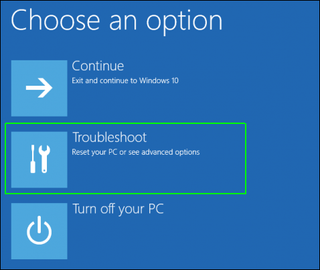
And then you'll need to click Advanced options.
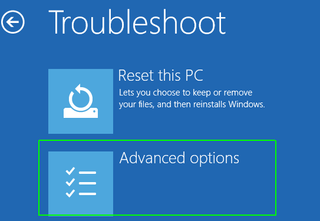
2. Click Startup Repair.
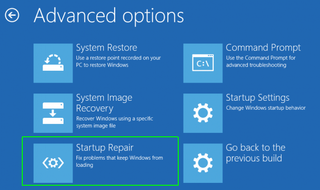
Windows will take anywhere from a few seconds to a few minutes to attempt to fix the problem. (It may not be able to.) If you don't actually have a startup problem, it will also say it can't fix the problem.
Stay in the know with Laptop Mag
Get our in-depth reviews, helpful tips, great deals, and the biggest news stories delivered to your inbox.
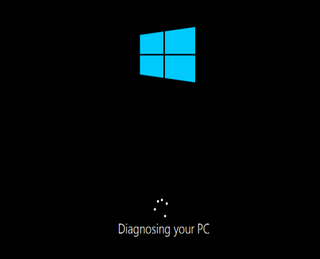
Method 2: Use Windows Restore
1. Complete step 1 from the previous method to get to Windows 10's Advanced Startup Options menu.
2. Click System Restore.

The computer will reboot.
3. Select your username.

4. Enter your password.
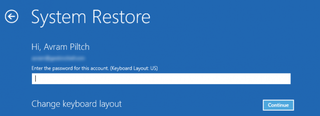
5. Select a restore point from the menu and follow the prompts. (If you have no restore points, you can't use this method.)
Method 3: Perform a Disk Scan
Your Windows 10 problems may stem from a corrupt file. If you can boot into the operating system — even if you have to boot into safe mode — you should perform a file scan to check for problems.
1. Type "cmd" into the main search box.

2. Right click on Command Prompt and select Run as Administrator.
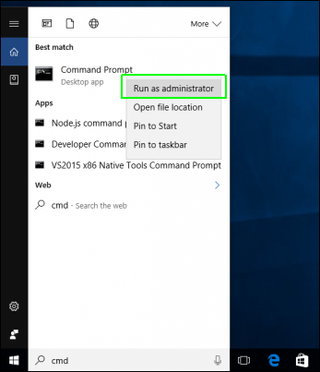
3. Type sfc /scannow at command prompt and hit Enter.

The scan will take a while; it should fix any corrupted files it finds.
Method 4: Reset Windows 10
If you want to get a clean start, free from rogue software and drivers, you usually don't need to do a full install. Instead, Windows 10 provides a built-in reset feature that takes your computer back to the way it was before you had any software, special devices, or data preloaded. (On a side note, if you're giving your computer to someone else, resetting is a good way to wipe it.)
See our tutorial on how to reset Windows 10 to refresh your PC.
Method 5: Reinstall Windows 10 from scratch
If all else fails and you can't even reset your Windows computer, you can reinstall the OS entirely. You won't even need an activation number or any proof of purchase, either. Just make sure you have more than 4GB of space available, as that's how much space the file you'll download takes up. Here's how to reinstall Windows 10:
1. Visit this page and click Download tool now.

2. Click on the download link at the bottom of your screen.

3. Click Accept.
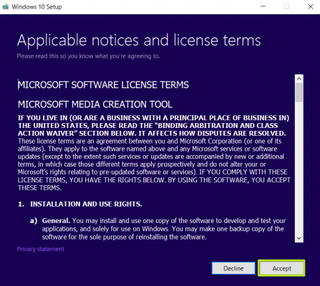
4. Select Create installation media for another PC and click Next.

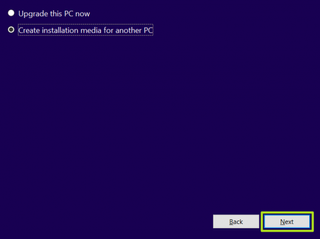

7. Select ISO file and click Next.

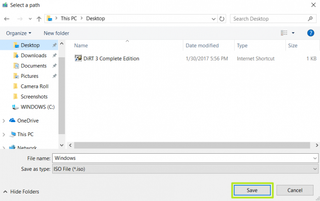
7. Click Finish.

7. Open the Windows ISO file you downloaded.
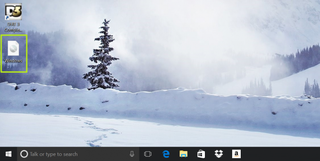
8. Open Setup.
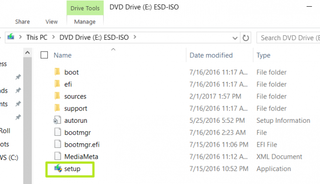
9. Click Next.
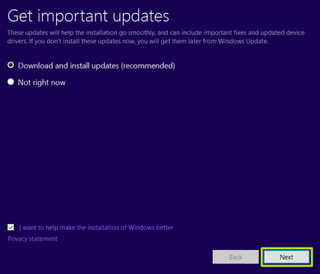
10. Click Accept. Be prepared to wait; this next part may take a while.

11. Click Install. Again, this will take a moment while your system restarts.

12. Wait for your system to restart and install Windows 10.

You've reinstalled Windows 10! We hope this guide fixed your problems. Check out the table of contents below for more fixes.
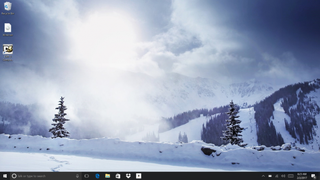
Windows 10 annoyances and problems
- Repair Windows 10
- Remove the Lock Screen
- Disable or Enable Grayscale Mode
- Set Compatibility Mode for Apps
- Access the BIOS on a Windows 10 PC
- Stop Windows Update from Automatically Restarting Your PC
- Turn Off App Notifications
- Fix a Slow-Opening Windows Downloads Folder
- Disable Personalized Ads on Microsoft Sites and Apps
- Stop Skype’s Annoying Auto Updates
- Fix a 'Boot Configuration Data File is Missing' Error
- Clear the Run Command's History
- Disable Cortana
- Uninstall and Restore Built-in Apps
- Restore a Missing Battery Icon
- Fix a Boot Configuration File Error
- Get to the Advanced Startup Options Menu
- Delete a Locked File
- Restart without Rebooting
- Roll Back Windows 10 to an Earlier Version
- Disable Automatic Driver Downloads
- Disable Internet Explorer
- Pause Windows Updates for Up to 35 Days
- Use Battery Saver
- Downgrade to Windows 10 S
- Save Netflix Videos for Offline Viewing
- All Windows 10 Tips
- Worst Windows 10 Annoyances
- Disable Password Prompt on Wake
